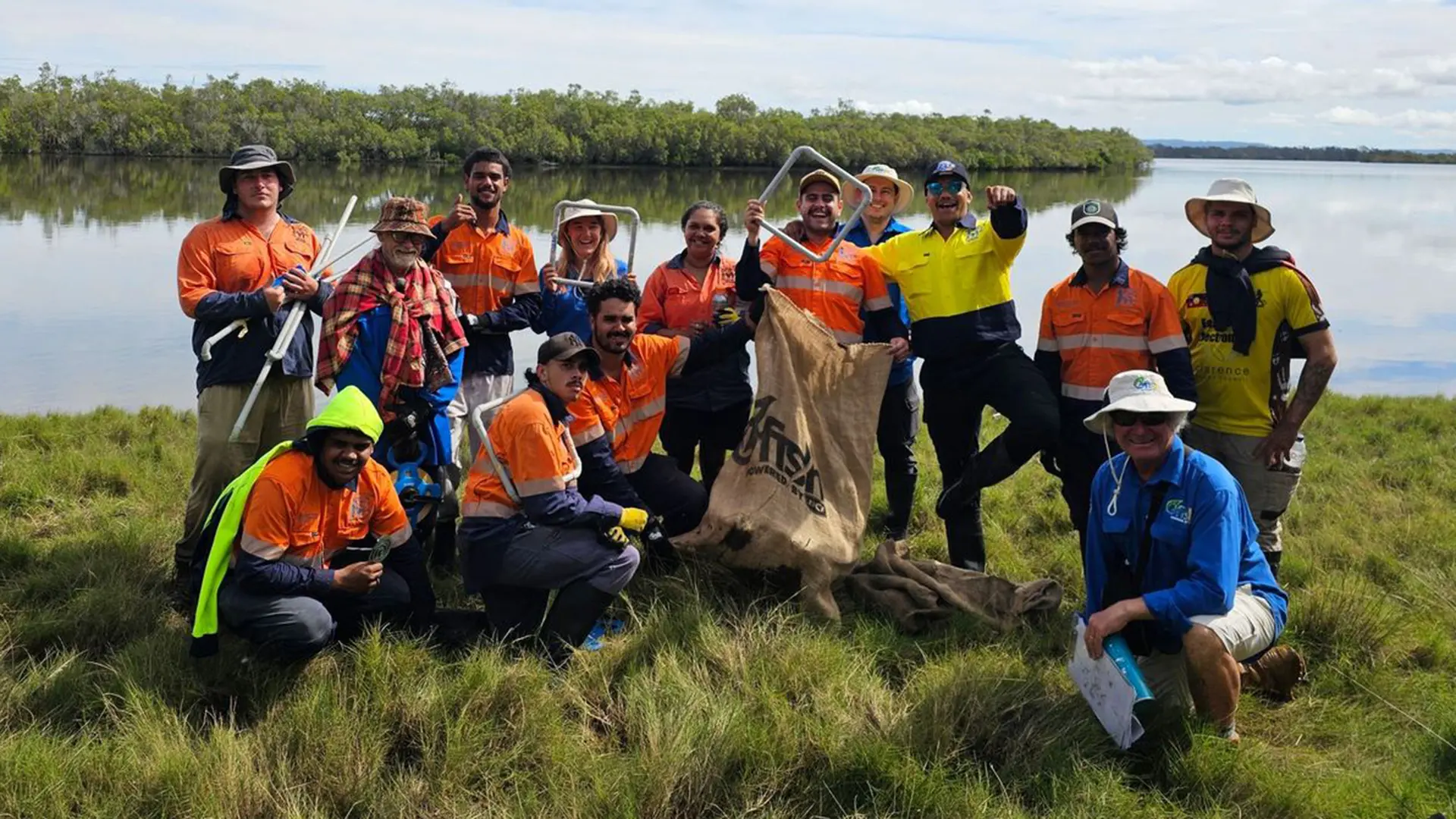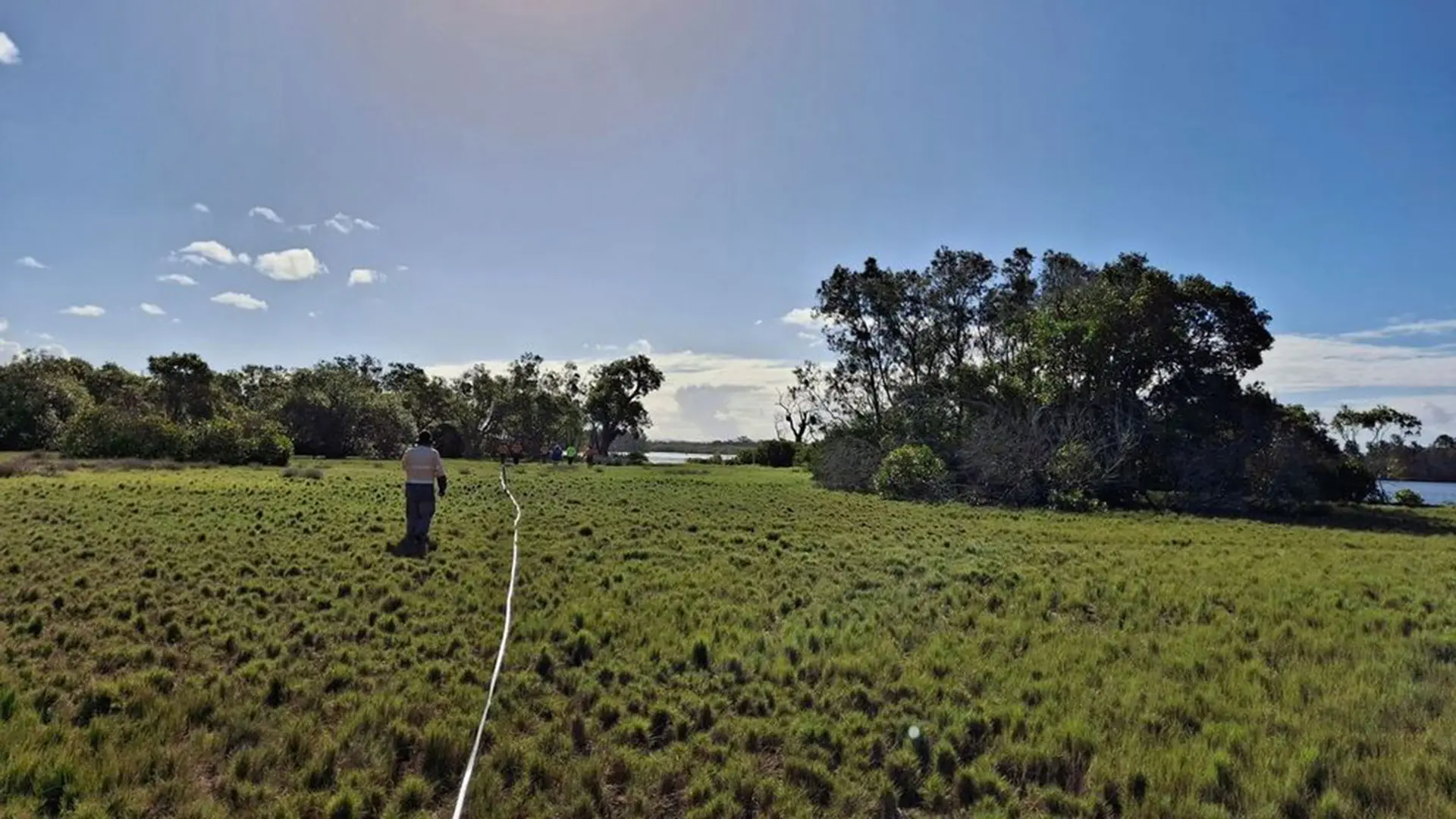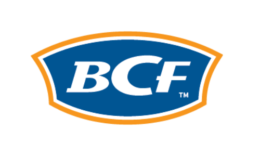700 hours of bush regeneration
to be undertaken
28 community working bees
to be held
2 cultural education events
to be held
OzFish and its project partners have observed a decline in the saltmarsh and mangrove habitats within the Clarence River Estuary, due to various human activities. To address this issue, we have united to protect and restore the remaining vital patches of these habitats. Through our restoration efforts we also aim to raise awareness about the cultural and environmental significance of these areas.
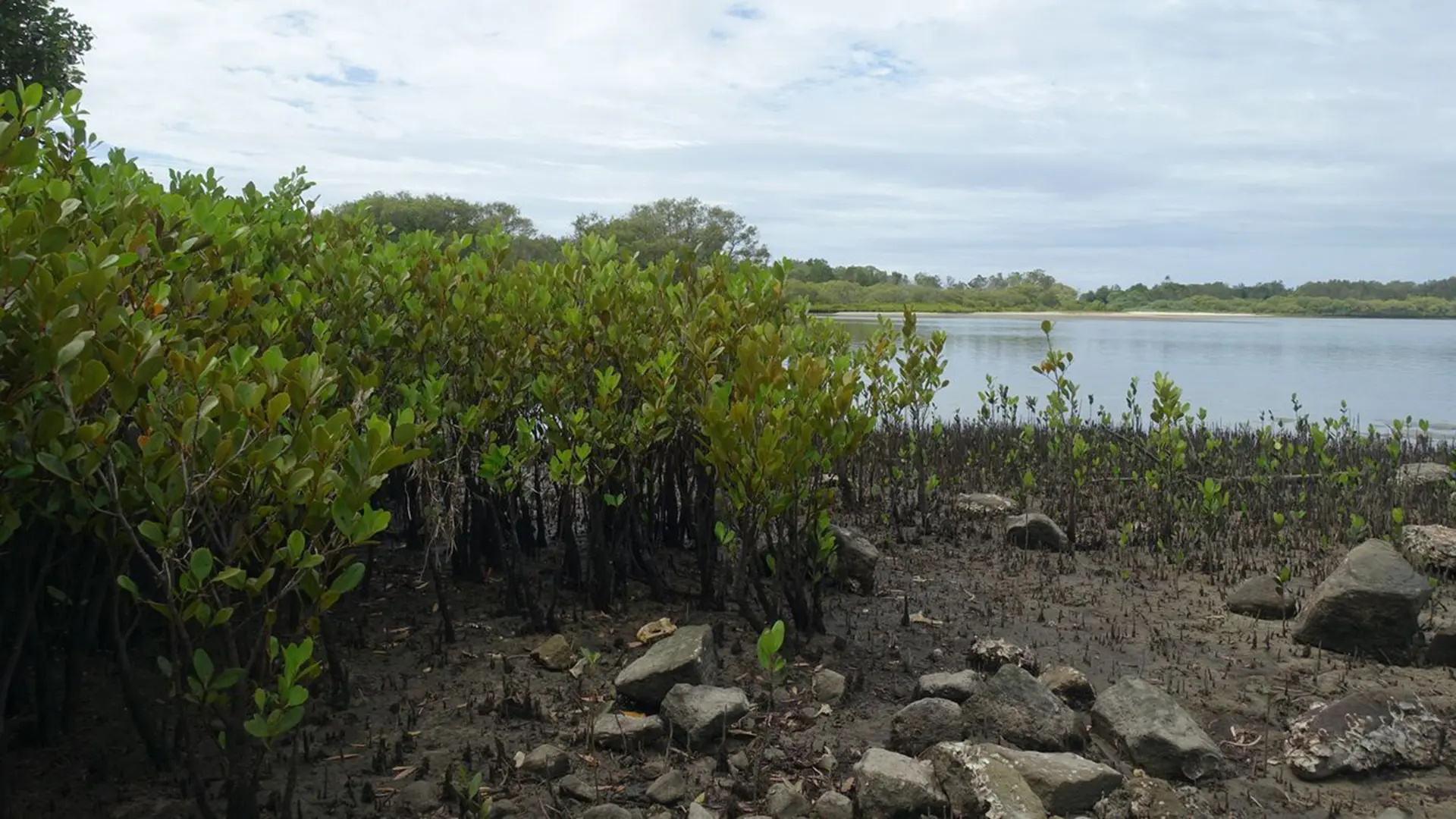
Habitat Restoration
We are working to restore and protect four key saltmarsh and mangrove ecosystems in the Clarence River Estuary covering a total of 141 ha. To do this, we will be working to reduce the key impacts that each of these sites are facing and promote stewardship of these habitats through:
- Weed removal and native seed dispersal
- Rubbish removal
- Education
- Signage and barriers
- Restoring tidal flow
- Ecosystem health assessments
Ecosystem Benefits
These ecosystems provide shelter to juvenile fish, a feeding ground for many popular recreational fish species, and are a prawn-production powerhouse. Saltmarsh and mangroves also help to reduce impacts of climate change by sequestering carbon and providing coastal protection, acting as natural barriers against erosion and storms.
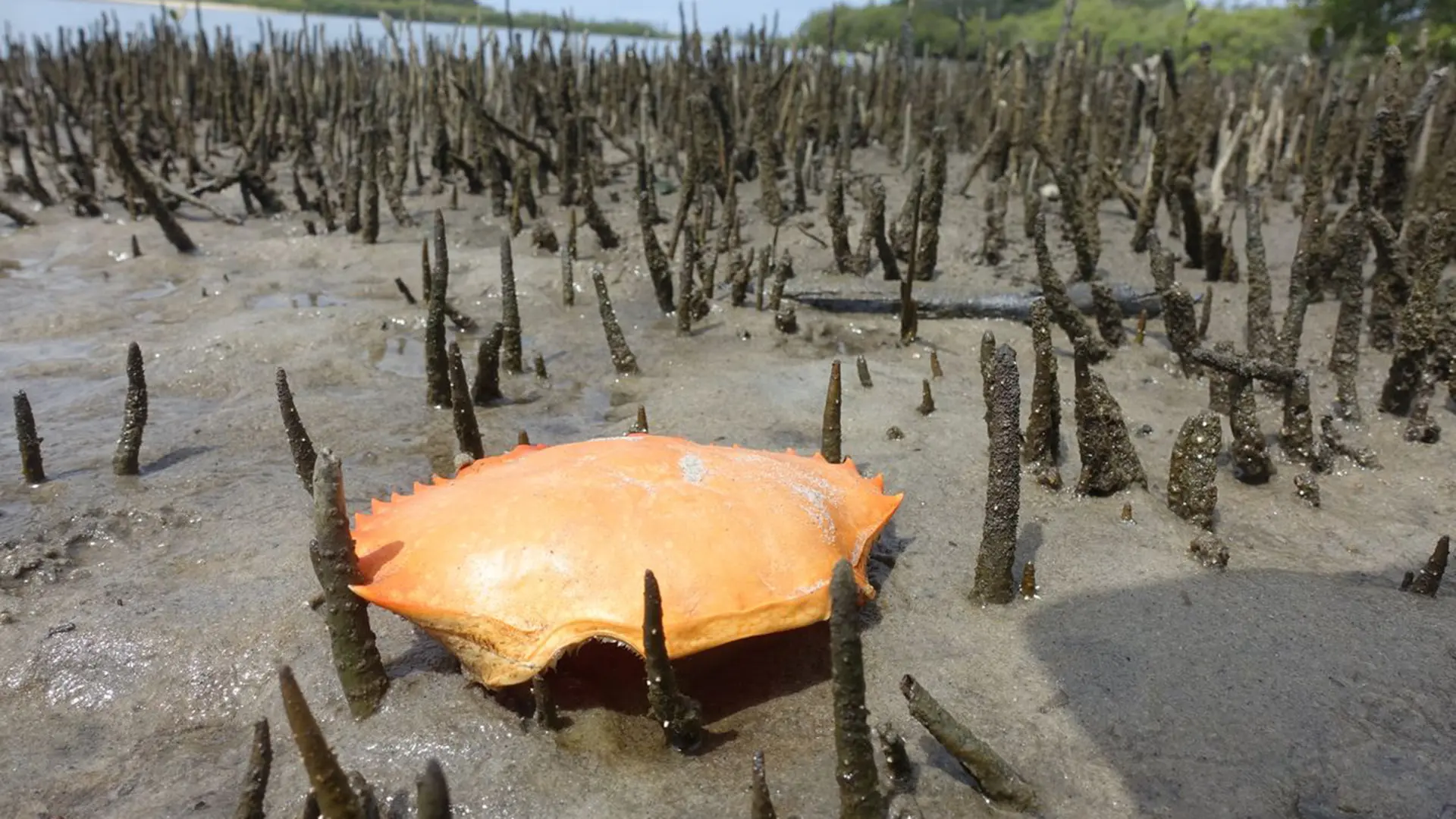
These habitats are absolutely vital for a healthy fishery, with Clarence saltmarshes being valued at $25,741 per hectare – showing just how productive they really are!
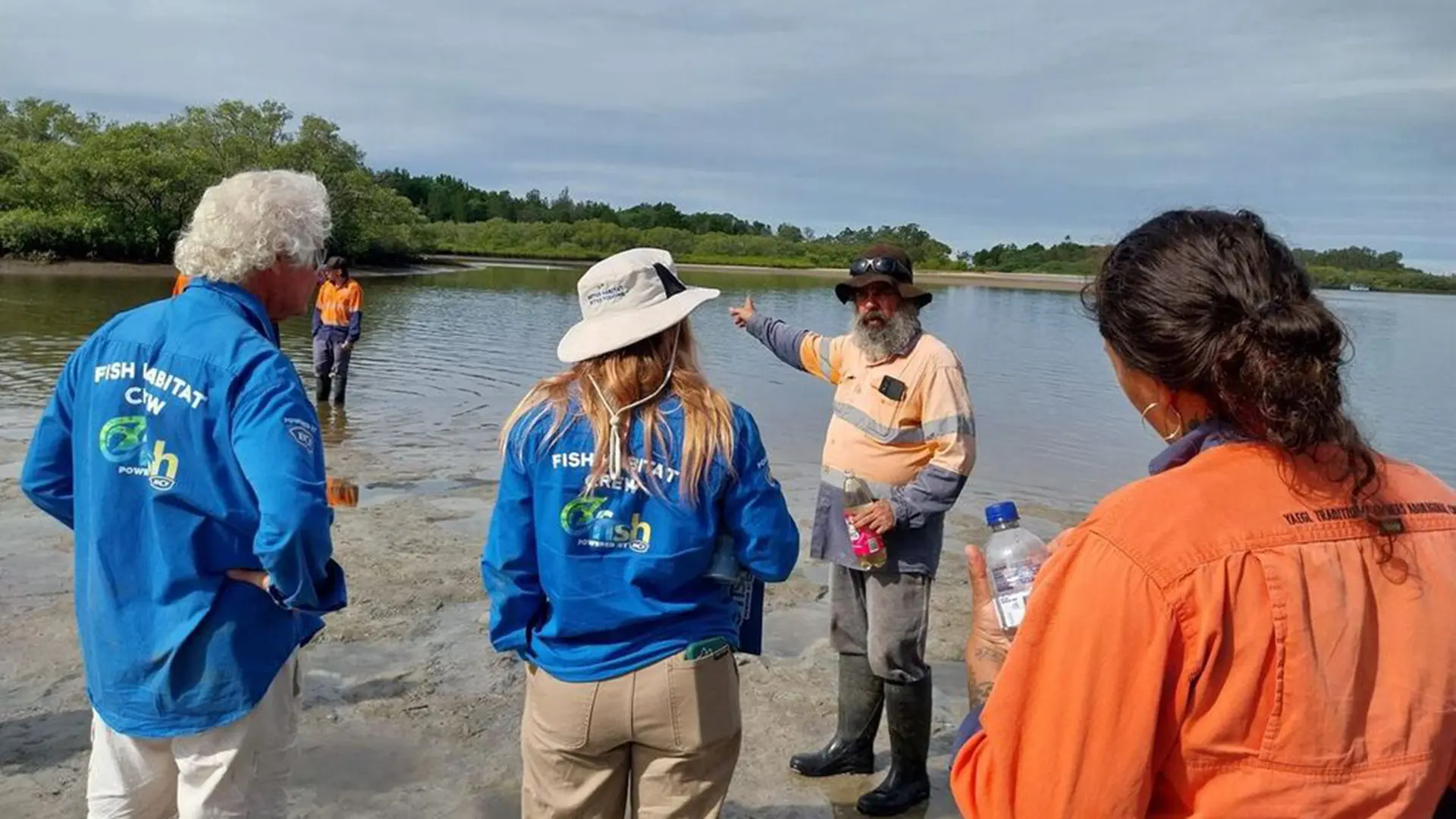
Cultural Importance
This project is taking place through negotiations between Yaegl TOAC and OzFish. These areas are culturally significant containing a range of cultural assets – some include middens, native foods, native vegetation and other heritage values, as well as assets both tangible and intangible. An important goal of this project is to raise cultural awareness through events and knowledge sharing by Yaegl TOAC Cultural Heritage Site Officers and Knowledge Holders. The Yaegl TOACs Wadyarr (Country) Gargle (Sea) Contracting Team will lead the bush regeneration work to help restore these habitats.
“Middens” refer to ancient trash heaps or deposits of shells, bones, and other materials left behind by Indigenous peoples in the past, often containing valuable cultural information about past human activities and the environment.
Join the movement
We’re embarking on a significant restoration effort across a vast area, and we need your help on the ground to ensure the success of these ecosystems. Join us at regular working bees to remove dumped rubbish, green waste, and conduct basic weeding to rejuvenate these vital habitats. Together, we can ensure the saltmarsh and mangroves in the Clarence River Estuary thrive, providing crucial food and shelter for native fish.
